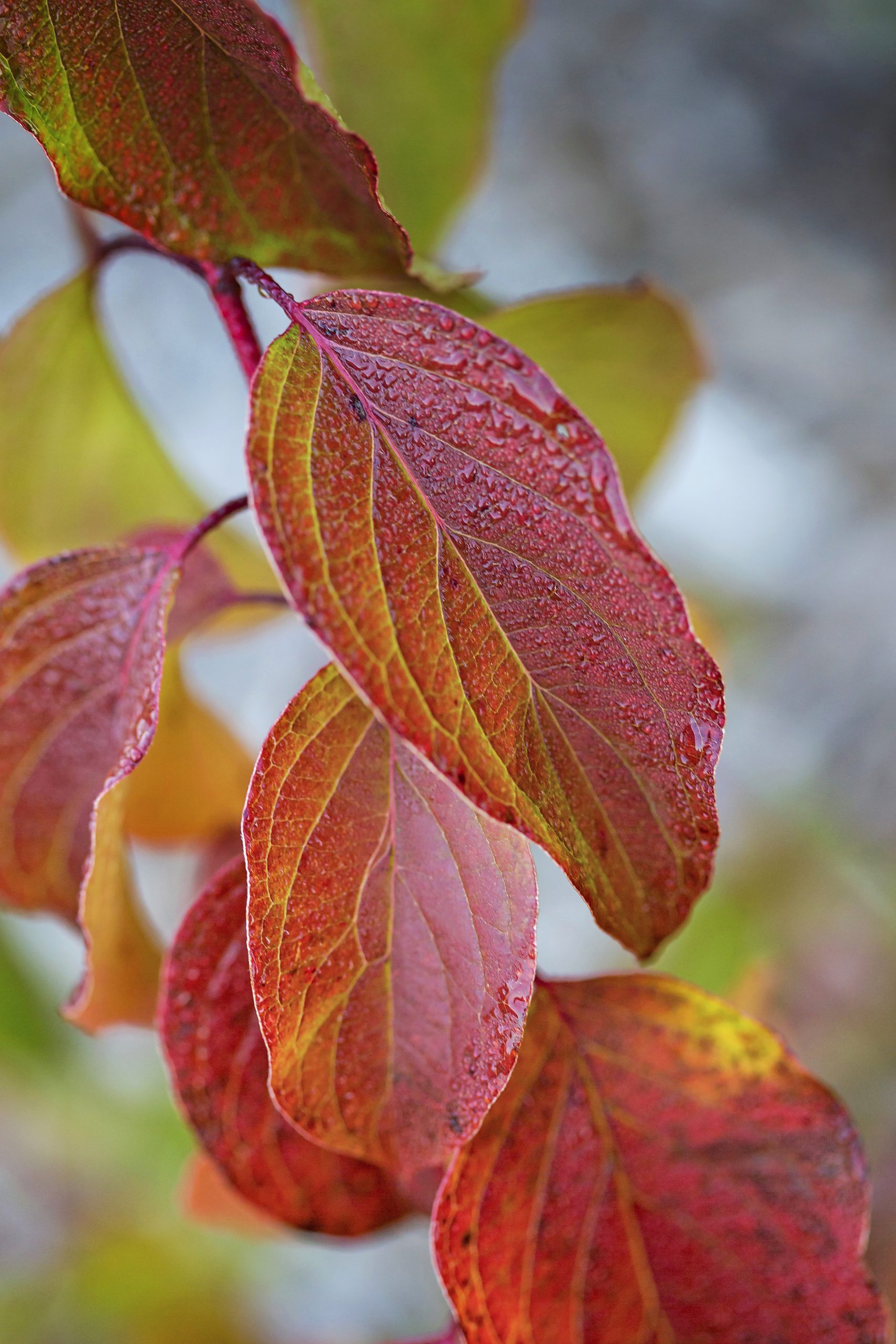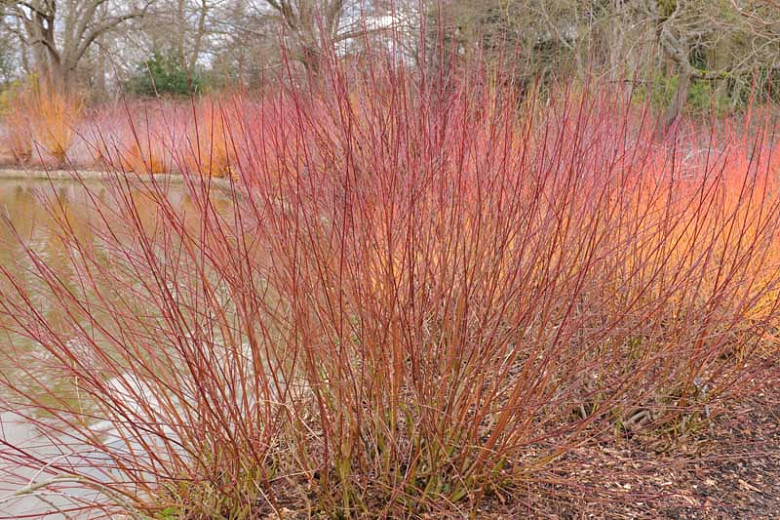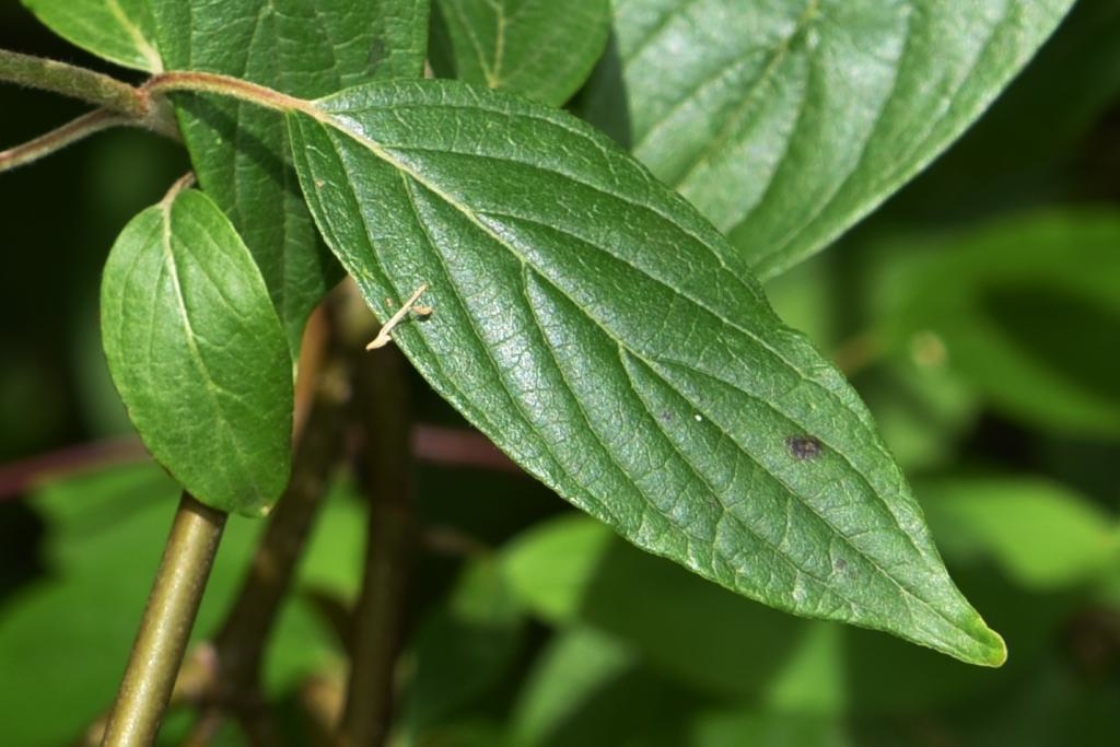Silky Dogwood: The Versatile Shrub That's Perfect For Your Landscape
Title: Silky Dogwood: The Versatile Shrub That's Perfect for Your Landscape
Introduction:
Silky dogwood (Cornus amomum) is a beautiful and versatile shrub that is native to eastern North America. It is known for its graceful arching branches, silky-smooth leaves, and showy white flowers. Silky dogwood is a hardy plant that can tolerate a wide range of conditions, making it a good choice for many different landscapes.
In this blog post, we will discuss the many benefits of silky dogwood, including its beauty, versatility, and hardiness. We will also provide some tips on how to care for silky dogwood so that you can enjoy its beauty for many years to come.
Main Content:
Beauty:
Silky dogwood is a very attractive shrub. It has slender, arching branches that are covered with silky-smooth leaves. The leaves are oval in shape and have a dark green color. In the spring, silky dogwood produces clusters of small white flowers. The flowers are followed by small blue berries that are a favorite food of birds.
Versatility:
Silky dogwood is a very versatile shrub. It can be used in a variety of landscape settings. It is a good choice for creating a privacy screen, a hedge, or a specimen plant. Silky dogwood can also be used to stabilize stream banks or to create a woodland garden.
Hardiness:
Silky dogwood is a hardy plant that can tolerate a wide range of conditions. It is hardy in USDA zones 5-8. Silky dogwood can tolerate full sun to partial shade and a variety of soil types. It is also drought-tolerant once established.
Care:
Silky dogwood is a low-maintenance plant. It does not require a lot of care. However, there are a few things you can do to keep your silky dogwood healthy and beautiful.
- Water your silky dogwood regularly, especially during the first year after planting.
- Fertilize your silky dogwood every spring with a balanced fertilizer.
- Prune your silky dogwood in the spring to remove dead or diseased branches.
Conclusion:
Silky dogwood is a beautiful, versatile, and hardy shrub that is a good choice for many different landscapes. If you are looking for a plant that will add beauty and interest to your yard, silky dogwood is a great option.
Silky dogwood is a beautiful and versatile shrub that is native to the eastern United States. It is known for its creamy-white flowers, blue drupes, and silky leaves. Silky dogwood is a good choice for moist to wet areas of the landscape, and it can be used in a variety of settings, including naturalized areas, moist woodlands, and near streams or ponds.
To learn more about silky dogwood, please visit Home Gardening. This website has a wealth of information about the plant, including its history, uses, care, and propagation.
FAQ of silky dogwood
- What is silky dogwood?
Silky dogwood (Cornus amomum) is a deciduous shrub native to eastern North America. It is known for its silky hairs, which cover the leaves and twigs. The plant blooms in the spring with white flowers, which are followed by blue berries. Silky dogwood is a hardy shrub that can tolerate a wide range of conditions, making it a popular choice for landscaping.
- How to care for silky dogwood?
Silky dogwood is a relatively easy shrub to care for. It prefers full sun to partial shade and moist, well-drained soil. The plant should be watered regularly, especially during the first year after planting. Silky dogwood does not require a lot of fertilizer, but a light application of compost in the spring can help to promote growth.
- How to propagate silky dogwood?
Silky dogwood can be propagated by layering, cutting, or sowing seeds. Layering is the easiest method, and simply involves bending a stem down to the ground and covering it with soil. The stem will eventually take root and form a new plant. Cuttings can be taken in the spring or fall, and should be planted in a well-drained medium. Sowing seeds is the least successful method, but can be done by collecting seeds from ripe berries and sowing them in the fall.
- What are some common problems with silky dogwood?
Silky dogwood is a relatively pest- and disease-resistant plant. However, it can be susceptible to powdery mildew, especially in humid conditions. If powdery mildew occurs, the leaves will develop a white, powdery coating. This can be treated with a fungicide.
- How long does silky dogwood live?
Silky dogwood can live for up to 20 years. However, the plant will start to decline after about 10 years. To rejuvenate a silky dogwood, it can be cut back to the ground in the spring. The plant will then resprout and form a new crown.
Image of silky dogwood
- Silky dogwood in full bloom. The flowers are white with a hint of pink, and they bloom in late spring or early summer.
- Silky dogwood in fall. The leaves turn a beautiful shade of red in the fall.

- Silky dogwood in winter. The leaves fall off in the winter, but the bark is still attractive.

- Close-up of silky dogwood flowers. The flowers are small but very delicate.

- Silky dogwood leaves. The leaves are oval-shaped and have a slightly serrated edge.

- Silky dogwood bark. The bark is smooth and grayish-brown.

- Silky dogwood in a forest setting. This shrub is often found in moist woodlands.
- Silky dogwood near a stream. This shrub is also tolerant of wet soils.

- Silky dogwood as an erosion control plant. This shrub is effective at preventing soil erosion.
- Silky dogwood as a wildlife habitat plant. This shrub provides food and shelter for many birds and small mammals.
Post a Comment for "Silky Dogwood: The Versatile Shrub That's Perfect For Your Landscape"